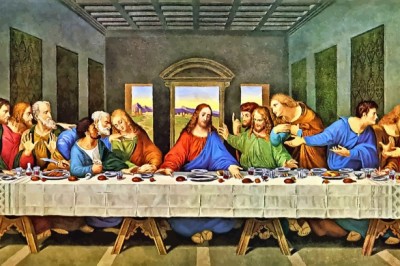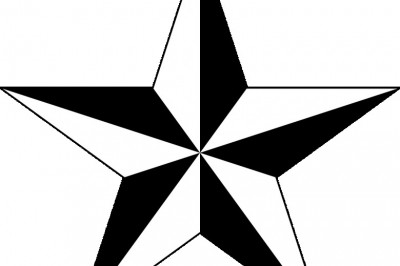Dolls Come To Life with Ball-Jointed Dolls
Collecting ball-jointed dolls is one of the fastest growing hobbies in the world today. In fact, a lot of teenage girls these days have a thing about them. Many are hooked on them because they are incredibly customizable and highly-poseable. Plus, they are available in various sizes and come in different styles. They are usually hand-made and custom-painted. They are created with special joints that let them move with a human-like flexibility. They are now becoming increasingly popular in Japan, South Korea and more recently, in the United States. Actually, these dollies are very much customizable. Their eyes, limbs, wigs, etc can all be personalized by their owners. Besides, these amazing lifelike toys were largely influenced by anime. Nonetheless, in an antique doll usage, ball-joints are a common method of jointing composition bodies. It makes use of little wood "balls" at joints for movement. Ball-jointed dolls are also called BJDs. Ball-jointed dolls have been here in this world for centuries now. Back in the day, these dolls are only made of wood and other materials. And it was only in the late 1800s when the contemporary ball-jointed dolls started in Western Europe. On the other hand, French and German doll manufacturers created the first ball-joined dolls in the early 1900s. During that time, BJDs still have bisque heads and strung bodies and it only consists of a blend of pulp, sawdust, glue and other similar materials. In mid-1930s, a German artist, Hans Bellmer, produced a life-sized ball-jointed pubescent female dolls and he used them in taking pictures and other surrealistic artwork. Bellmer formed the idea of artful doll photography that went on up to the present time. In 1999, a Japan-based corporation named Volks produced the Super Dollfie line of dolls. And so, this was already the start of the commercially produced Asian resin ball-jointed dolls. If truth be told, the original Asian ball-jointed dolls were mainly influenced by the anime aesthetic. Furthermore, around 2002-2003, various South Korean companies already started manufacturing ball-jointed dolls. Customhouse and the Cerberus Project were among those first Korean BJDs companies. And since then the Korean market grew and did well. The first Chinese produced ball-jointed dolls were knock offs. Some were direct recasts, while others were slight variations of Super Dollfie, a Korean ball-jointed doll. These knock offs were just made of plaster, poor quality resin or polystone, a blend of resin and a filler material like sand. Even though they were low-priced, yet they were not that really durable. Dollzone was the first Chinese company to release an original ball-jointed sculpts in 2005 and it was made of a quality polyurethane resin. In the late 2005 to early 2006 their dolls were already being sold. After that, other Chinese companies also followed and build their own ball-jointed doll creations on the international market. Recently in 2007, the Goodreau Doll was the first-ever American company to manufacture a ball-jointed doll with more of an American aesthetic influence. In recent years, the popularity of ball-jointed dolls has increased sharply mainly because of a drift toward stylized customizable dolls among adult collectors. Nowadays, many ball-jointed doll lovers also fashion their own designs based on the aesthetics of the Asian and fashion doll markets.






















